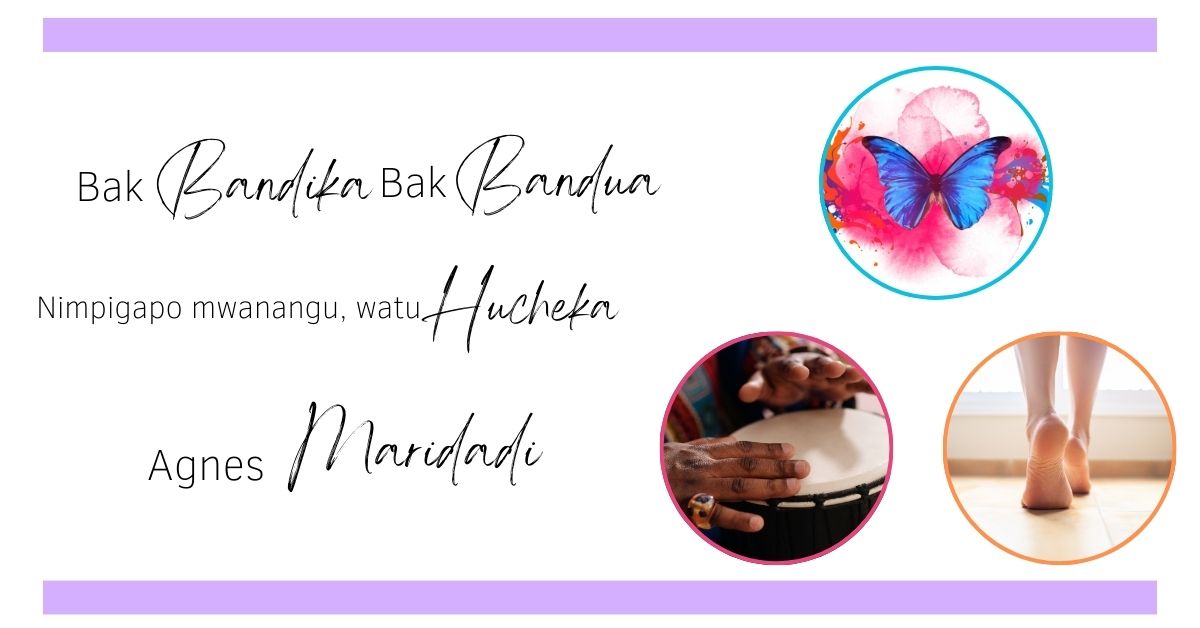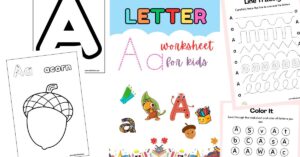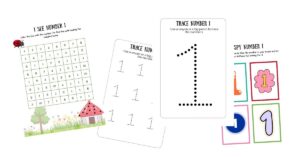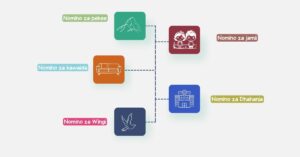Vitendawili are not mere riddles; they are intricate word puzzles woven into the very fabric of Kenyan culture. More than just playful teasers, these enigmatic statements challenge minds, spark laughter, and transmit wisdom across generations.
Imagine encountering a seemingly simple question, like “Nina kichwa lakini sina ubongo; nina shingo lakini sina mwili” (I have a head but no brain, a neck but no body), that compels you to delve deeper, untangle metaphors, and arrive at the surprising answer (a bottle).
This is the essence of Vitendawili. They are not just about finding the right answer, but about engaging in a dance of wit, observation, and cultural understanding. Their diverse forms, ranging from everyday objects to abstract concepts, reflect the richness and complexity of Kenyan society.
In today’s blog post, we give you a collection of over 100 Vitendawili, complete with answers. Download our comprehensive list or check the examples below of Vitendawili na majibu for grade 4 to 6 kids.
If you are looking for fun ways to teach Kiswahili to your child, check out our blog post, where we outline 13 fun Kiswahili games to help with reading and comprehension. These are the building blocks for learning Kiswahili.
Now, let’s take a look at some examples of Vitendawili and their answers.
Vitendawili na Majibu Yake
Mifano ya Vitendawili 25 na majibu take (click drop down to view)
- Mama nieleke – Kitanda
- Ubwabwa wa mwana mtamu – usingizi
- Nina wana watatu, mmoja akiondoka wengine hawafanyi kazi – mafiga
- Nimpigapo mwanangu watu hucheza – ngoma
- Huku mwamba na huko mwamba – kabati
- Yeye halemewi kubeba – aridhi
- Mimi ni mdogo nalo gogo hanlinishindi – Mchwa
- Mkufu wangu maridadi lakini haufungikiu shingo – siafu
- Nyama nje ngozi ndani – firigisi
- Kisima cha rehema hakikauki nyama – Kinywa
- Parr mpaka chini – utelezi
- Sura yangu hupendwa na kila mtu – pesa
- Hupika daima lakini hanoni – chungu cha kupikia
- Natembea juu ya miiba na sichomwi – ulimi
- Jani la ajabu hunipasha habari – gazeti
- Kitu cha dhahabu hakikaliki – moto
- Mlima ya kwetu hupandwa kuanzia kilele – ugali
- Kaa hapa nikae pale tulejge mawe shomoni – kula ugali
- Hamwogopi yeyote – kigo
- Mama akifa sharti mwana zaliwe – mbegu
- Chakula kikuu cha mtoto – usingizi
- Dume wangu amelilia mchungani – radi
- Njoo umwone umpendaye – kioo
- Ukiona ‘njigi’ utadhani ‘njege’ na unapoona ;njege’ utadhani njigi’ – tui na maziwa
- Mtungini mwangu hamwingii kata – chupa
Types of Vitendawili (riddles)
Vitendawili (riddles) aren’t just tricky questions. There are many different kinds, each with its special theme and way of using language. Some use metaphors and stories about nature, like animals and plants, while others focus on everyday objects you might use. Each type of riddle tells us something unique about the culture it comes from and is like a window into the traditions and wisdom of the people who created them.
Nature-Based Vitendawili
Nature riddles are like puzzles about things you find outside, like animals, plants, and even the weather. They use clues about how these things look or act to trick you into guessing what they are. For example:
| Kiswahili | English |
|---|---|
| Dada yangu kaoga nusu | My sister bathes halfway |
| Jibu: Jiwe mtoni | Answer: A stone in the river |
The meaning behind this riddle lies in the metaphorical expression of a stone in the river, as a stone is always partly submerged in the water. In this context, “Dada yangu kaoga nusu” cleverly compares bathing halfway to the partial submersion of a stone in a river, creating a playful and metaphorical puzzle.
Object-Based Vitendawili
These riddles focus on everyday objects, challenging the listener to identify the item described through clever descriptions and wordplay. These riddles encourage creative thinking and often play on the dual meanings of words. For example:
| Kiswahili | English |
|---|---|
| Kina mikono na uso lakini hakina uhai | It has hands and a face but no life |
| Jibu: saa | Answer: Clock |
The riddle describes a clock as having hands and a face but no life. This is because a clock is a mechanical object that does not have its own life. The hands of the clock move around to indicate the time, and the face of the clock has numbers or markings that indicate the hours, minutes, and seconds.
The riddle is a good example of how riddles describe everyday objects creatively and imaginatively. It also shows how riddles teach children about the world around them.
Personification Vitendawili
In these riddles, take objects or abstract concepts and give them human characteristics or traits. This type of Vitendawili adds a layer of personification, making the riddles more engaging and thought-provoking. For example:
| Kiswahili | English |
|---|---|
| Mama hana miguu lakini mtoto anayo | The mother has no legs, but the child has legs |
| Jinu: Yai na kifaranga | Answer: Egg and chick |
The riddle describes an egg as a mother with no legs and a chick as a child with legs. An egg is a round, immobile object, while a chick is a small bird that can walk and run.
Animal-Based Vitendawili
Animals are commonly used in Vitendawili to convey symbolic meanings or characteristics associated with specific creatures. These riddles often rely on the traits of animals to create metaphorical puzzles. For example:
| Kiswahili | English |
|---|---|
| Popo mbili zavuka mto | Two bats cross the river |
| Jibu: Macho | Answer: Eyes |
The riddle describes two bats crossing a river, which is a seemingly impossible task. However, the answer to the riddle is that the two bats are a person’s eyes. When people look at something, their eyes move from left to right, just like two bats crossing a river.
Cultural and Historical Vitendawili
Somkenede Vitendawili are rooted in cultural practices, traditions, or historical events. These riddles serve as a means to pass down cultural knowledge and preserve the history of a community. For example:
| Kiswahili | English |
|---|---|
| Nina wana watatu, mmoja akiondoka wengine hawafanyi kazi | I have three children; when one leaves, the others don’t work |
| Jibu: Mafiga | Answer: Cooking stones |
The three sons in the riddle symbolize the three stones traditionally used for cooking in Africa. These stones are placed beneath a cooking pot over a fire to support and heat it. If one stone is removed, the pot becomes unstable, making cooking difficult or impossible. This explains why “if one leaves, the others don’t work.”
Download the 100 Vitendawili and their answers by clicking on the image. No strings attached. 100% FREE!
Why Should Kids Learn Vitendawili?
Riddles, or Vitendawili, are more than just fun brain teasers. They offer many benefits that can support your child’s development. By including riddles in their learning experiences, you can help them:
- Solve problems: Riddles challenge children to think critically, analyze clues, and make connections to reach the answer. This process strengthens their problem-solving abilities, preparing them to tackle complex challenges in different areas of life.
- Expand their vocabulary: Riddles often use interesting words and phrases. When children encounter these words in a fun and engaging way, they naturally learn and remember them, expanding their vocabulary and enhancing their communication skills.
- Boost their memory: Recalling clues and piecing together the answer strengthens memory function. Additionally, the repetitive nature of riddles, with their catchy rhymes and rhythms, can further aid in memorization, benefiting overall cognitive development.
- Discover traditions: Many riddles are rooted in cultural practices, beliefs, and folklore. By exploring these riddles, children gain insights into the values, stories, and traditions that shape their communities or broader cultures, fostering a sense of belonging and cultural pride.
- Spark curiosity: Riddles can ignite a curiosity to learn more. As children delve deeper into the cultural references or historical contexts embedded in the riddles, they desire to explore their heritage and the world around them.
Cultivating Lifelong Curiosity
Vitendawili are awesome, right? Not just because they’re fun brain teasers but because they help kids learn and grow in so many ways. They’re like tiny keys that unlock doors to new ideas, cultures, and even history!
Solving a riddle is just the beginning. It makes kids curious, wanting to know more about the answer, the words used, and the stories behind them. This curiosity is like a superpower that helps them learn throughout their lives, not just in school.
So, don’t just guess the answer next time you see a riddle. Instead, use it as a springboard to explore and learn something new. And remember, the most important part isn’t finding the answer but having fun and curiosity.





